Here at Greenhorizons, we’re professional grass growers. Our pride and joy is Kentucky Bluegrass, and it’s become the industry standard for sod growers in North America. We take very good care of our sod fields, and because of that, we don’t end up with any undesirable grasses in our turf.
But once you’ve installed your Greenhorizons turf at home, there’s a chance for these undesirable grasses to take hold. Especially if over the years you neglect your lawn a little… We’re going to talk about a few varieties of these undesirable grasses, and the steps you can take to prevent and combat them!
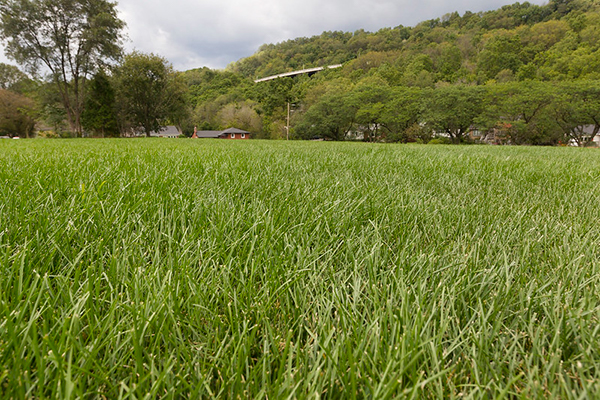
The Varieties of Undesirable Grasses
There are many varieties of undesirable grasses that can take hold in your lawn, but we’re going to cover a few of the most common ones. We recently asked our social media followers about some common lawn issues, and they had asked about crabgrass, poa annua, and poa trivialis. These few species have wreaked havoc on many North American lawns, and we hope these tips will help reduce their impact!
Crabgrass
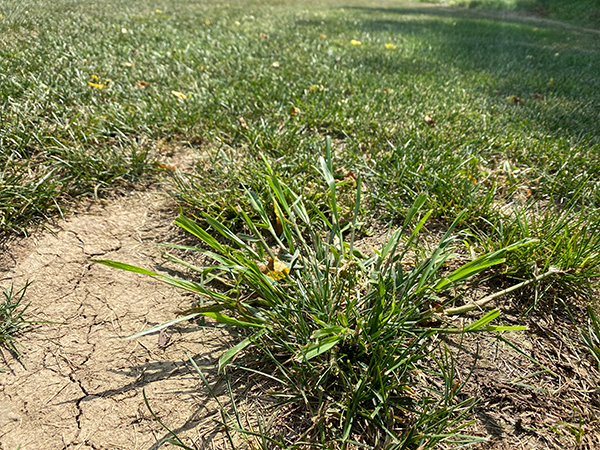
Crabgrass is one of those common lawn weeds that everyone can identify, but getting rid of it can be a pain. It’s an annual weed that will take hold in any bare or sparse sections of your lawn. It will die in the fall, but will also go to seed before dying. These seeds will lay dormant in your lawn until next year and will cause another major headache. The best way to get rid of crabgrass is to use a weeding tool and pull out the entire crabgrass plant, roots and all. Be sure to get right down to the bottom of the root structure and try and remove all the crabgrass you can find before fall. Weeding after a good rain can help too, because the ground will be nice and soft.
Poa Annua
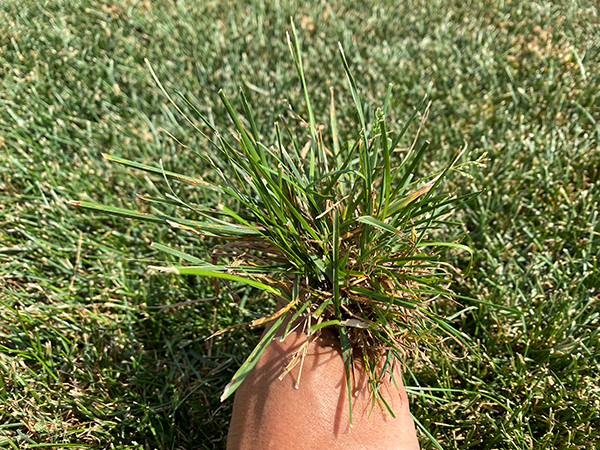
Poa annua is commonly referred to as annual bluegrass. It looks very similar to kentucky bluegrass, however it is shorter, has a lighter green colour to it, and it goes to seed early on in the season. Seed heads are a good identifier for poa annua. It typically dies off in the summer leaving bare spots in your lawn. Poa Annua can be very tough to deal with if it has taken hold. Overwatering can encourage Poa Annua growth, so be sure to regulate your watering effectively. The best way to combat this invasive weed is to maintain a healthy lawn to start with. Honestly, this is the best way to prevent and combat all of these undesirable grasses… Regular fertilizing, overseeding/topdressing, and consistent mowing at the proper height are all practices that will help maintain a healthy kentucky bluegrass lawn.
Poa Trivialis
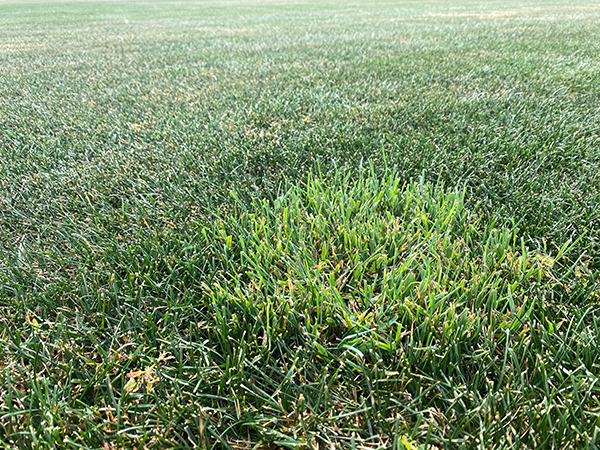
Poa trivialis is also known as rough bluegrass. It is similar in appearance to poa annua but it is a perennial plant like Kentucky Bluegrass. Rough bluegrass loves shady areas. If you have a very shady lawn, it could be especially susceptible to rough bluegrass. Like poa annua, there’s not too much you can do if it’s already taken hold, but proper lawn maintenance practices will help prevent it.
Preventing Undesirable Grasses
In summary, combatting undesirable grasses starts with maintaining the desirable grasses. If you’ve spent the time and money to have Premium Kentucky Bluegrass in your yard, you should take care of it as best as you can. For a full PDF all about maintaining the perfect Kentucky Bluegrass lawn, head to this link.
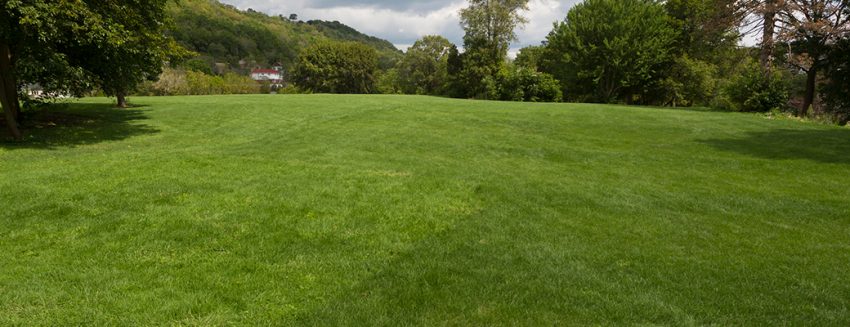

1 thought on “Undesirable Grasses: How to Identify and Prevent Them”